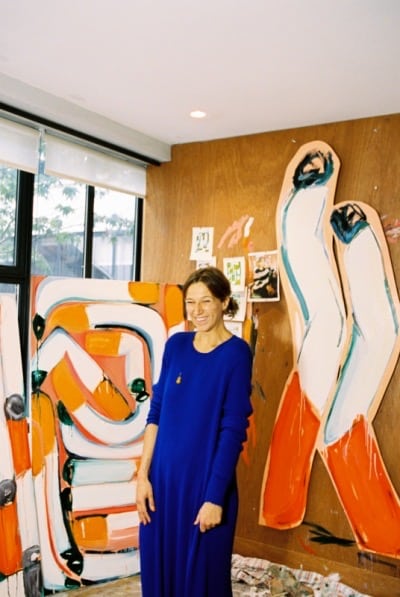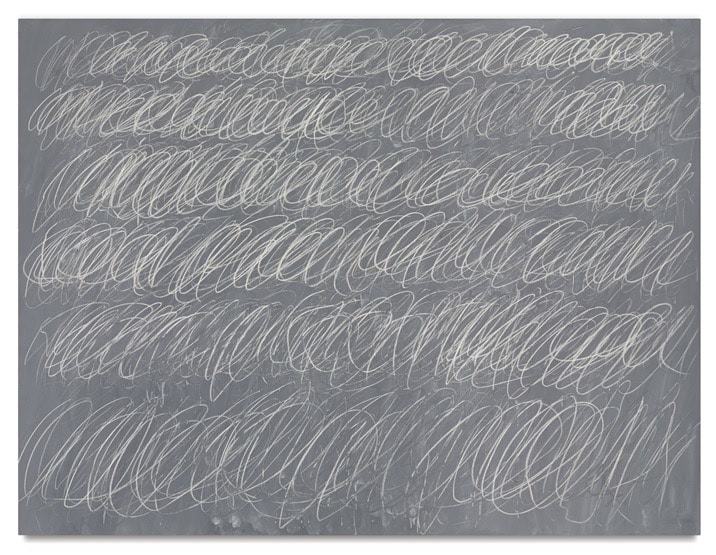Art is subjective… so, is there any such thing as ‘bad art’?
At some point over the last year, you’ll more than likely have heard at least one person state that we need art these days more than we ever have before – and we’d be inclined to agree. After all, art allows creatives to both document the present and to explore current events on a deeper level, allowing the viewer another person’s perspective on an issue that they may or may not fully understand for themselves.
In an age of social and political unrest, accelerated technological advancement and, of course, a global health crisis, art has provided some with a much-needed creative outlet whilst providing others with a look into the mind of the artist. It can be insightful, comforting, contentious, awe-inspiring and become an important talking point.
However, who is to say which of these categories a piece fits into? What exactly is it that makes art ‘good’ and can it be objectively bad?
“A piece of art needs to connect. It needs to have some element of truth to it that resonates with the viewer and leaves them something after they’ve left the piece,” says artist Matt Shlian, founder of the Initiative Artist Studio.

“A good piece asks questions and teaches you something you didn’t know or shows you something you didn’t know you knew. It articulates something we’ve felt, and we connect to that thing in a way where words aren’t necessary.”
Matt has been actively working as an artist for two decades and compares the process of creating a piece to the process of ‘mining for gold’ and believes that great art sometimes involves being in ‘the right place at the right time’.
“It’s a feeling that’s hard to describe but makes us feel less alone in a way,” he continues, “That someone else understands us and gives a voice to this thing inside us. A piece of art extends beyond its frame and becomes part of us.”
There’s no denying that Matt has created his fair share of objectively good work over the years. Having made a career as a ‘Paper Engineer’, his body of work is made up of eye-catching geometric sculptures and installations – it’s clear that hours of time and plenty of effort go into everything that he produces.
With that in mind, how much does the time it takes to produce a piece come into the objective level of quality overall?
It’s a difficult question to answer. After all, there is no set amount of time that a piece ‘should’ take to complete – every piece is different and every artist works at a different pace. It’s estimated that Van Gogh’s Starry Night took around a month to complete, while the Mona Lisa is said to have been painted over the course of four years. Even then, art that isn’t quite as visually complex as these sorts of works still finds its fans across the world – and may still be worth millions.
One artist whose work proved divisive amongst many, yet still consistently sold for millions at auction is Cy Twombly, the late American painter whose abstract works captured the attention of many and confused others. Many of Twombly’s works consist of scrawls, scribbles and splatters, often created without method and in an almost childlike manner, despite some selling for up to $65 million dollars a piece and others being displayed in prestigious galleries across the globe.
One critic was fellow artist Donald Judd, who famously wrote that there “isn’t anything to” Twombly’s paintings. Yet, having achieved such legendary status around the world, Twombly’s work cannot be considered ‘bad’, can it? Can any art be considered objectively bad?

London-based artist Anna Choutova took this very idea and explored it through her own artwork for her 2016 exhibition Bad Art, stating that art – whilst subjective – certainly can be considered bad.
“Bad Art is unchallenging, safe, and stale. Art that has nothing new to offer, nothing interesting to bring to the table,” Anna told Dazed, ahead of the exhibition’s opening, “Background noise, if you will. Elevator music.”
So, is there a definitive answer to the question ‘what makes art good’? Anna believes it may be a lot more simple than we’ve been led to believe.
“All that really matters is one thing,” she says, “‘You like what you see?’”
So, next time you’re in an art gallery and find yourself wondering whether or not a piece of work is worthy of any praise at all, be sure to ask yourself ‘Is this bad… or do I just not like it?’.
Read More: Detour, Please! Singapore’s Changi Airport Is An Artistic Oasis


